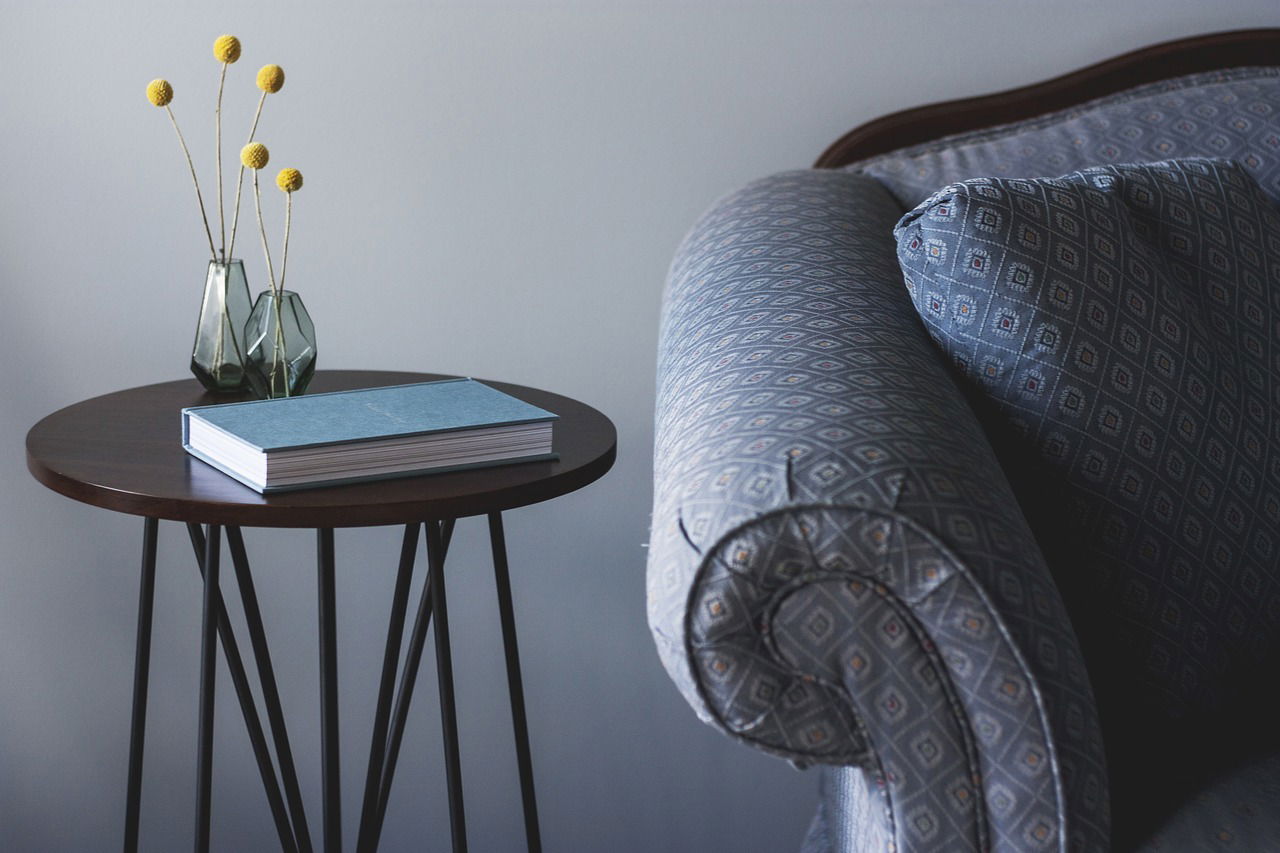5 DIMENSIONS OF PROPORTION IN INTERIOR DESIGN
 Image by Kari Shea from Pixabay By Michael Jumba
Image by Kari Shea from Pixabay By Michael Jumba
In one of my earlier articles, I did take a look at the seven elements of interior design. I promised to go further and present articles on each of these elements with a view of detailing further what each entails. To these ends, I did present an article on proportions and scale as elements to consider in interior design. To further elaborate on proportion, I will take a look at the 5 dimensions of proportion in this article.
The 5 dimensions of proportion in interior design include colour proportion, the proportion in shape, proportion in space, proportion of light and textural proportion.
a) Colour proportion
This dimension enables the interior designer to create a scenery of pleasing colour balance by repeating colours in different places within interior space. For example, the repetition of a bright colour on in painting on the wall in the upholstery of the furniture. The overall goal is to achieve a harmonious sense of colour proportion.
b) Proportion in shape
This dimension involves shapes being repeated within a space to establish visual harmony that catches the eye. For example, an interior designer could use shapes of architectural feature such as the chimney as the baseline for making the furniture shapes in interior space.
c) Proportion in space
This dimension refers to the placing of elements within interior space in just the right size. That is, these interior design elements should not be too small or too large as they will then look odd.
d) Proportion of light
This dimension involves designing the lighting to achieve visual harmony. In doing this design, the interior designer considers both natural and artificial sources of light. Light affects the perception of interior space therefore controlling it contributes to successful proportions. Also, light plays various roles in interior design. These roles include: highlight a work of art, attract attention to an area or make space seem to retreat.
e) Textural proportion
Textural variety plays essential roles in interior design such as adding richness and interest to interior space. For example, to attract attention to a focal point, interior designers may use wall texture, 3D wallpaper, 3D wall panels or use decorative wall paint. The designer may also use carpets and rugs to add texture to the floor to balance with the smooth paint or panelling on the walls.
Contact Jumbo Crafts Ltd for all your interior design solutions.



